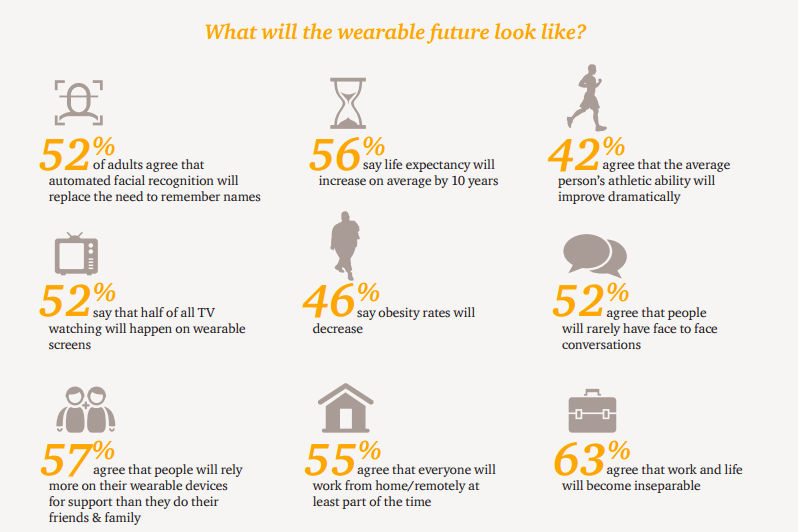Wearable tech has effectively rewritten the terms and conditions of employee wellness programs. Organizations can now give employees fitness trackers as part of wider policies, using the data gathered over a given period to offer employees incentives and rewards. The appeal is two-fold: it nudges individuals towards healthier and more productive lifestyles; but it also helps organizations and their employees to save money. In an environment where the competition for the top talent is fierce, such employee wellness programs are increasingly important tools for boosting morale and building loyalty – but there are some caveats. The schemes have attracted attention because of the potential threat to employee privacy and job security, as well carrying implications for Big Data.
In 2015, BP’s ‘Million Step Challenge’ has attracted a lot of media attention. Part of a larger wellness program and in partnership with StayWell, a third party health company, BP are offering employees the chance to use their healthy lifestyles as a way of earning benefits on their healthcare plan. Once employees enrol, they get a free Fitbit tracker to help them keep track of their daily activity, and with every million steps they earn 500 wellness points, or half of their annual target. Other ways of meeting the annual points target include scheduling an annual physical, participating in a financial wellness class and completing local BP-organized wellness activities. For staff who prefer to be more independent, there’s also a mail-based program, which provides them with resources, tools and activities to help them to be healthier and more active.

(Image Source: PWC)
The strength of the BP scheme, then, lies in the unobtrusive way that wearables are used to challenge, support and reward. That is to say, instead of imposing Fitbits on employees and monitoring their performance, they’re part of a voluntary scheme that has real advantages for employees and their family, nudging them towards a healthier lifestyle and saving them money in the process. Just as Fordism emphasized the importance of taking care of the worker to improve efficiency and loyalty, so wellness programs and wearable tech offer modern businesses a way of improving the health and morale of their workforce.
In stressing the opportunities of wearable tech for enterprise, it’s important not to lose sight of the reasons people are worried. It may be easy to present a picture in which wearables are used well and with good intentions, but it’s also possible to think of misuses. What if companies were to monitor more than just steps? For example, wearables could also monitor employees’ sleep patterns or detect health conditions. This raises legitimate questions of what employers are entitled to do with the data, how securely they store it and where to draw the line between work and leisure.
As more and more companies are thinking about how to make wearables work for their employees, it’s clear they face a number of implementation challenges. A recent study by PwC showed a clear generational gap between Millennials and older employees, with 77% of those aged 18 to 24 saying they would be willing to wear a wearable device if a company paid for it, which suggests that workforces may also be divided along generational lines. To convince employees and stakeholders, businesses are going have to be able to provide firm reassurances about the way in which data harvested through the program will be used and, most importantly, secured.
At the end of the day, the use of wearable tech in business should be about promoting wellbeing; achieve this and employee loyalty and productivity will follow. That’s also why it’s so important to address the criticisms and concerns. After all, any scheme that’s resented by employees is doomed from the off. Employees need to be able trust employers to handle their data ethically and securely.
If a scheme is smart and secure, then, fitness trackers can be a simple and effective way of improving health, productivity and general wellbeing.
By George Foot





